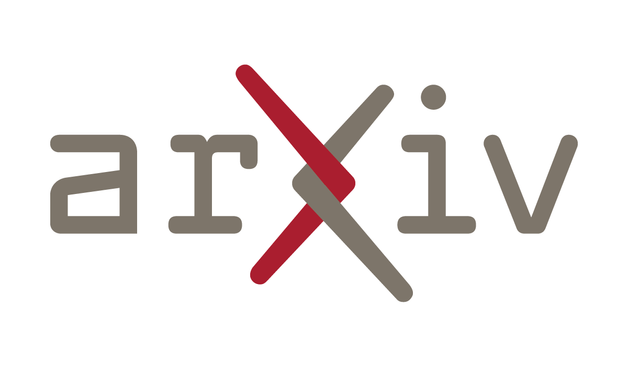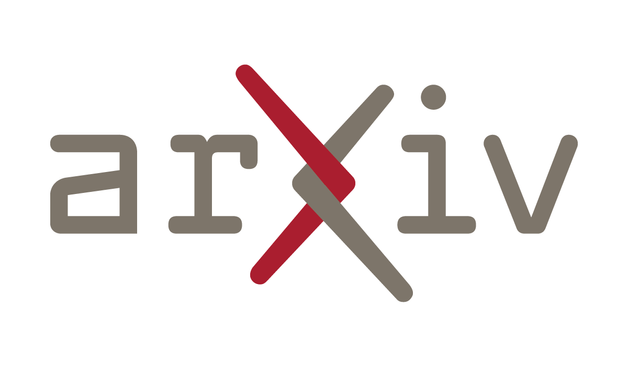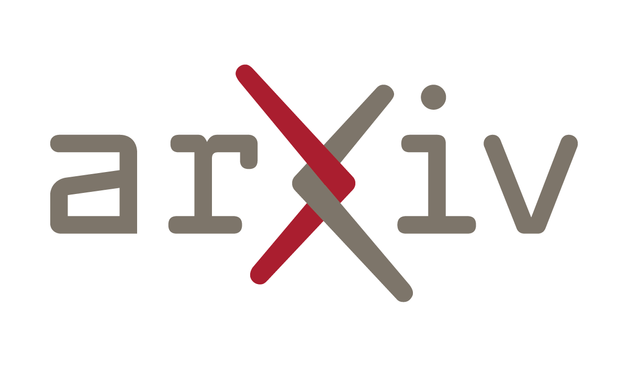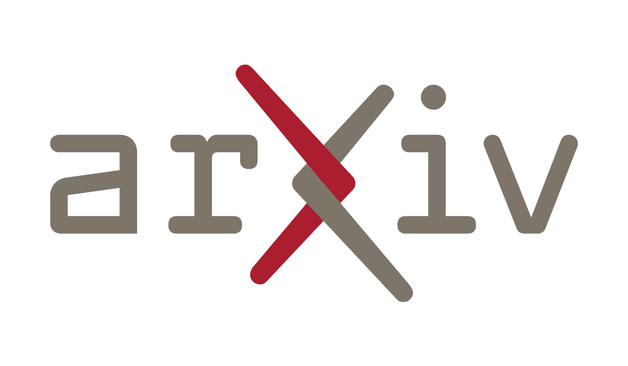2025-11-01 10:54:41
1/N Juurikaan ei ole näkynyt iloisia viestejä siitä, miten WCAG 2.2. on nyt ISO-standardi "ISO/IEC 40500:2025 - Information technology — W3C Web Content Accessibility Guidelines (WCAG) 2.2." https://www.iso.org/standard/91029.html - saatavana peräti ilmaiseksi! (Miten nyt käy ISO:n talouden?)…








